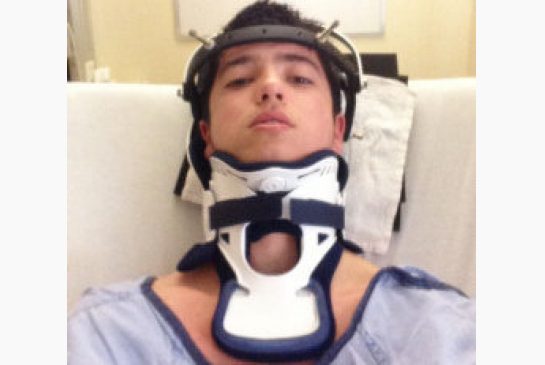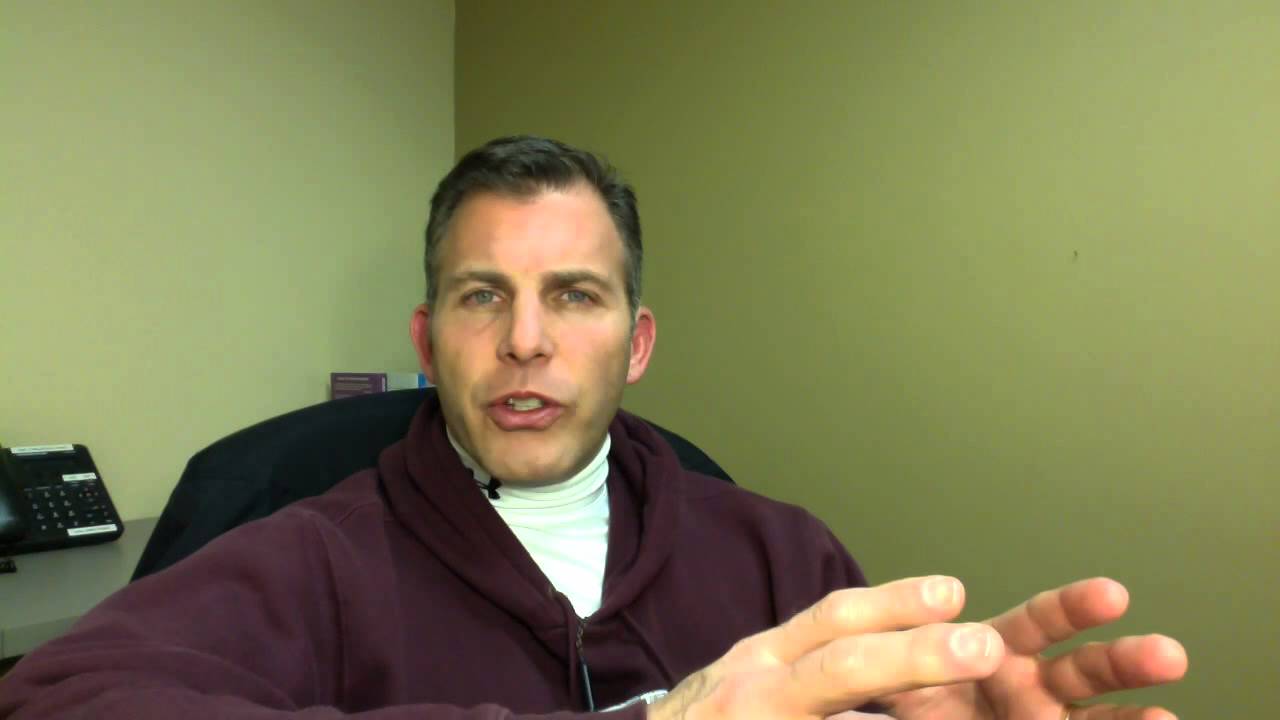 I would like to pass on a quick informational about injuries and liability when it comes to coaching and organized sports. I found the following outline very helpful when it came to the part about how to put a proactive risk management policy together. Whether your sports organization is volunteer or paid, a healthy risk management program is always wise.
I would like to pass on a quick informational about injuries and liability when it comes to coaching and organized sports. I found the following outline very helpful when it came to the part about how to put a proactive risk management policy together. Whether your sports organization is volunteer or paid, a healthy risk management program is always wise.
The following is specifically on how to deal with training, injuries/illnesses and return to play, but the website has a lot of really great advice. I’ve included the link below or you can click on the hyperlink in this paragraph.
Sport Specific Techniques – Coaches should always follow the accepted practices for teaching sport specific techniques. Certain drills and other methods that are standard for each sport should be followed. Coaches should be involved in continuing education to learn about the advances of teaching techniques. It is especially important that instructions key in on the more hazardous areas of a particular sport such as avoiding a wild pitch, tackling techniques, etc.
Safety Rules and Procedures – Safety rules and procedures should be reviewed before and during every practice and game. They require constant reinforcement with special emphasis on the purpose and intent of the rules and the types of injuries they are meant to prevent. Any rule changes dealing with safety should be reviewed with all coaches during the pre-season with an emphasis on the types of injuries they are meant to prevent.
Sports Injury Care
Sports injury care consists of two basic elements – prevention and recognition/treatment. Youth sports administrators (RMO’s and Coaches) must understand the importance of both elements.
1) Prevention – Consists of pre-participation screening, strength training, conditioning, and awareness of the nature, cause, and mechanism of sport specific injuries.
2) Recognition and Treatment – Once the coach realizes that the injury has occurred, the magnitude must be assessed and appropriate care initiated.
Consent to Treatment – Health care providers can’t lawfully render treatment to a patient without consent. When a minor is involved, consent must be obtained form a parent or legal guardian. In life threatening situations, the law assumes that consent is given. However, once the patient has stabilized, consent must be obtained for further care. Having a “consent form” on file my provide some protection against a parent’s claim that emergency care was not authorized and can help to overcome apprehensions of health care providers about rendering treatment before lawful consent is obtained. Also, such consent forms should list if the athlete is allergic to any medications and should specify who should be notified in the event of an emergency.
First Aid and CPR – All coaches should be certified in basic first aid and in CPR. The coach should not exceed the scope of his training in administering first aid. The purpose of first aid is merely to stabilize the situation by preventing it from worsening. Once the situation has been stabilized, all other treatment should be provided by a doctor.
Emergency Medical Plan – Should be developed with the assistance of local doctors, hospitals, and EMS. The Emergency Medical Plan must be tailored differently for each community because of differing availability, response times, etc. Coaches should be specifically trained how to activate the Emergency Medical Plan.
The plan should be in writing and readily available and should cover the following elements:
- Who calls EMS?
- Who stays with injured athlete?
- Where is nearest phone?
- What phone number to call?
- Where is the nearest treatment facility?
- Where is the ‘consent to treat’ form?
- Does the athlete have any medicine allergies?
- How to notify parents?
- How to initiate crowd control?
- Who meets EMS and the guides them to the injured athlete?
- Who accompanies the injured athlete for treatment?
- Who supervises the team?
- Who provides proof of insurance?
An alternative Emergency Medical Plan should be formulated when traveling to other facilities.
Return To Play – Once an athlete has suffered an injury, the decision regarding the appropriate time to return to play should be made by a doctor. The coach should not put pressure on an athlete to return too early and the instructions of the doctor should always be honored.
Visit the Sports Insurance and Risk Management Website for Risk Management Outline
 in my opinion is to call 911 or EMS. I hope it helps.
in my opinion is to call 911 or EMS. I hope it helps.



